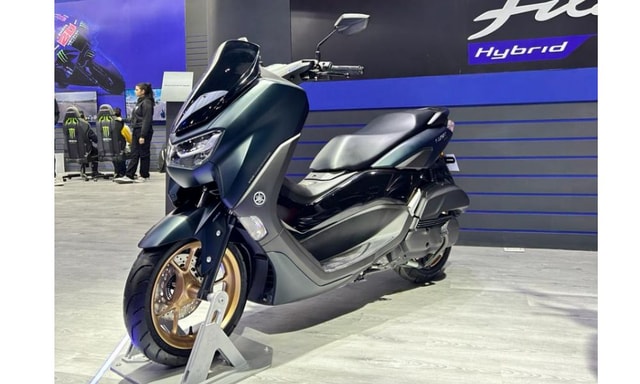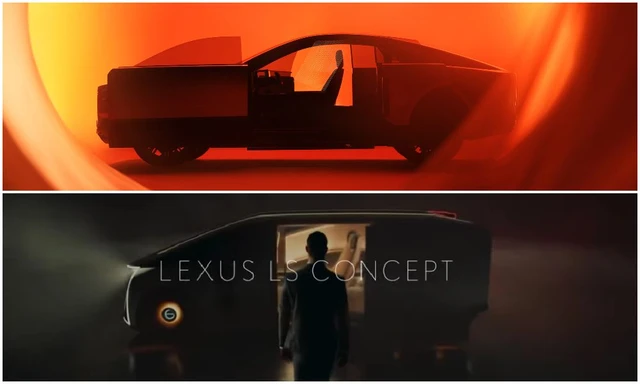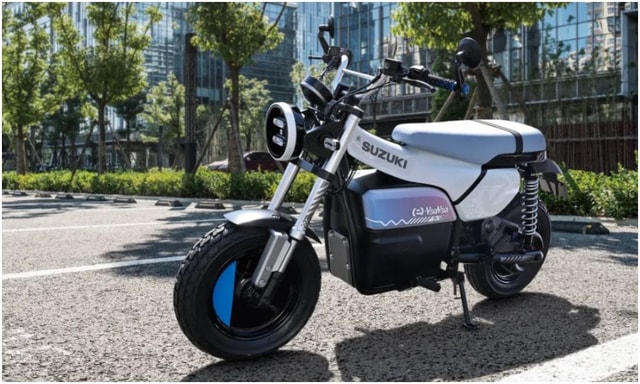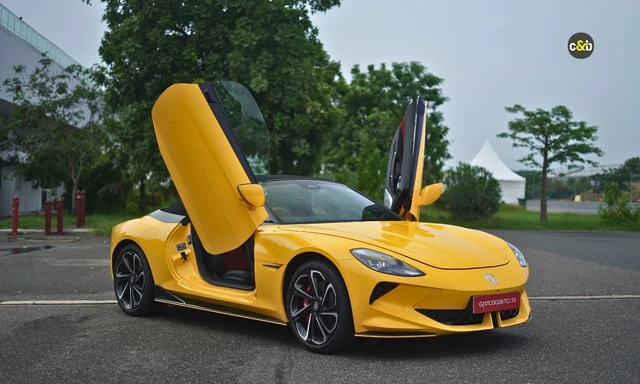
Tightening emission regulations around the world may have meant the end of two-stroke engines, but latest innovations in two-stroke technology may well mean that the two-stroke engine could be saved after all. Kawasaki is already planning a new supercharged two-stroke engine with a crossplane crank, and now, Basil van Rooyen, an engineer from Australia, is working on another system called the Crankcase Independent Two-Stroke (CITS) engine. The new technology will possibly offer two-stroke power, while also meeting the latest stringent emission regulations.
Also Read: Kawasaki Patents Reveal Supercharged Two-Stroke Engine
The innovation with the Crankcase Independent Two-Stroke engine is that it avoids total loss lubrication, which is the usual burning of the two-stroke's lubricant with the fuel, at the same also eliminating the associated exhaust emissions. Instead, CITS uses re-circulated sump lubrication like a four-stroke engine. The sump of the CITS is a pressurised vessel, and the oil and fuel do not mix together like a conventional two-stroke engine. Instead, the CITS uses a by-pass valve technology, which optimises both high and low power situations. A prototype CITS engine demonstrated in one video, shown below, was built onto a 800 cc, v-twin Suzuki crankcase, with modified Rotax 800 cylinder jackets and heads.
Also Read: Are Two-Stroke Engines Making A Comeback?
According to the inventor, the CITS technology allows the lowest inherent imbalance forces (vibration) of any v-twin four or two-stroke engine, and also eliminates the costly roller bearings and their complex fitment to multi-cylinder crankshafts. While it retains the high power-to-weight and low cost-to-power ratios of the two-stroke engine, it eliminates the expense, weight, friction and maintenance of valves, springs, camshaft and drive, found in the top of four-stroke engines. The CITS engine could be used for anything, from 33 bhp to 160 bhp motorcycle engines, and even in bigger applications for static electricity generators.





